Think safety first. The following seven tips are a starting point to help you with your holiday preparation when taking your car as your primary mode of transport to your final destination. The following numbered bullet points will highlight some important areas for your consideration. Next, this article will take you through a brief story using what we have outlined to push the points home.
Travelling by car can be a stressful event even at the best of times. Added to this, a long journey with your most precious of cargo on board, your family and the smallest of problems can accentuate further pressure in the worry to protect your loved ones.
Be prepared, is the safe way forward, iron out the creases before you leave and enjoy your travels. Give yourself sufficient time and have fun. These journeys will be the fond memories you and your family will look back on in years to come, so make them special.
Your Seven Tips to being ready:
1. Preparing your car.
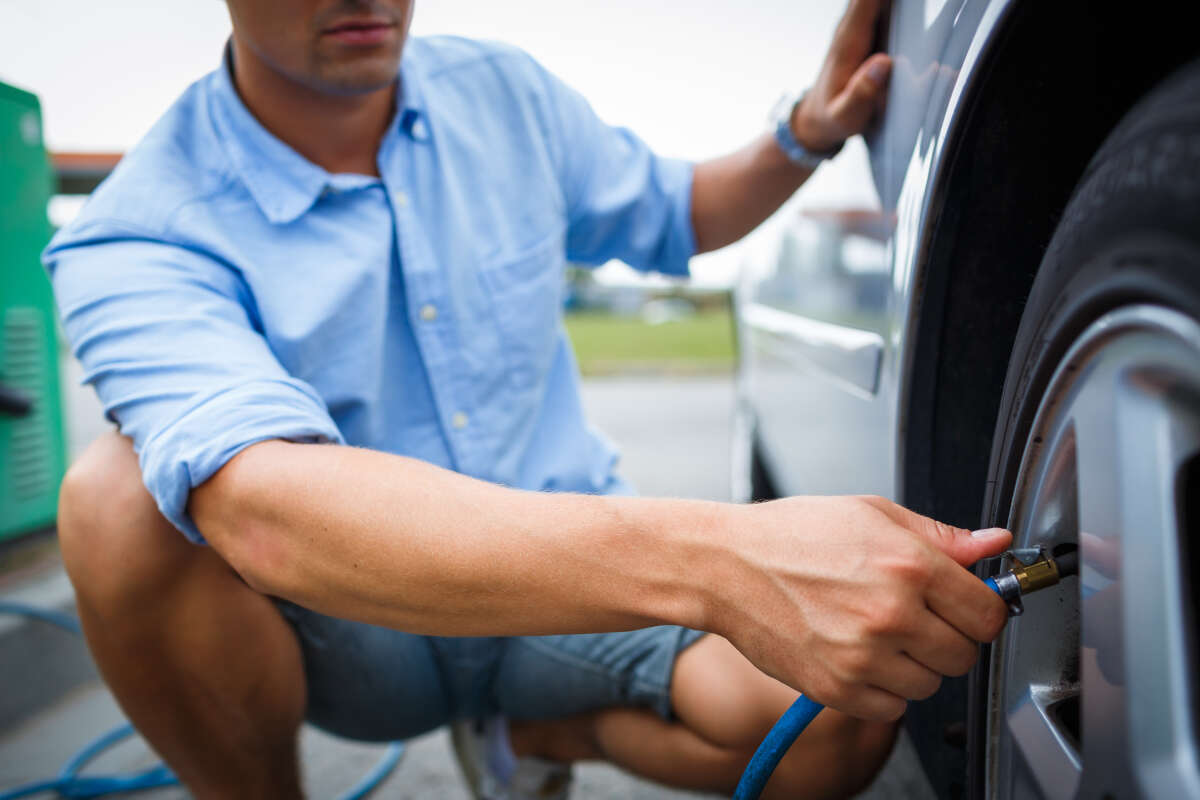
Check tyre conditions and pressures, including the spare. Make sure all the lights are working. Check all engine bay fluids. Attend to any essential repairs; a long road trip can worsen a minor problem. Fuel up the day before. Make yourself aware of the spare wheel, jack and tool location in case you need to change a flat tyre. When travelling by car through most European countries, you will need several essential items. These could be a warning triangle and hi-vis vest, to name just two. It is advisable to check with a reputable authority precisely what you will need to equip your vehicle with for each country.
2. Baby and child seats.
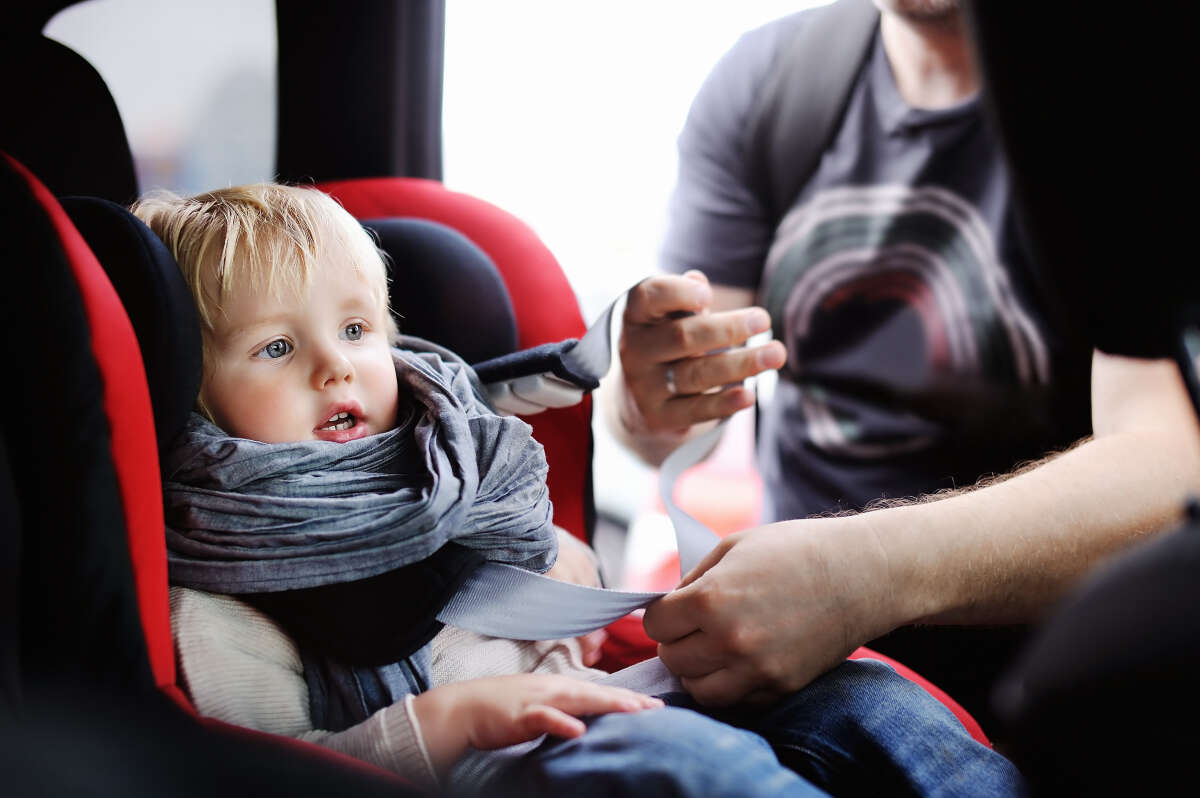
Once the car safety basics are sorted, it is time to plan out the seating arrangement. If your baby has travelled in the car before then, you will have a baby seat already. If not, seek out specialist advice and get one fitted professionally. The position is a matter of choice, but it is always best to use the rear seats and have an adult ride in the back too. Baby’s seat can be boring for a seemingly motionless infant, and therefore you need to think of how you will entertain your young traveller between the sleep periods. A sunshade for the side windows, a first aid kit, creams and medicine are all part and preparation for your trip.
3. Packing your car for the journey.
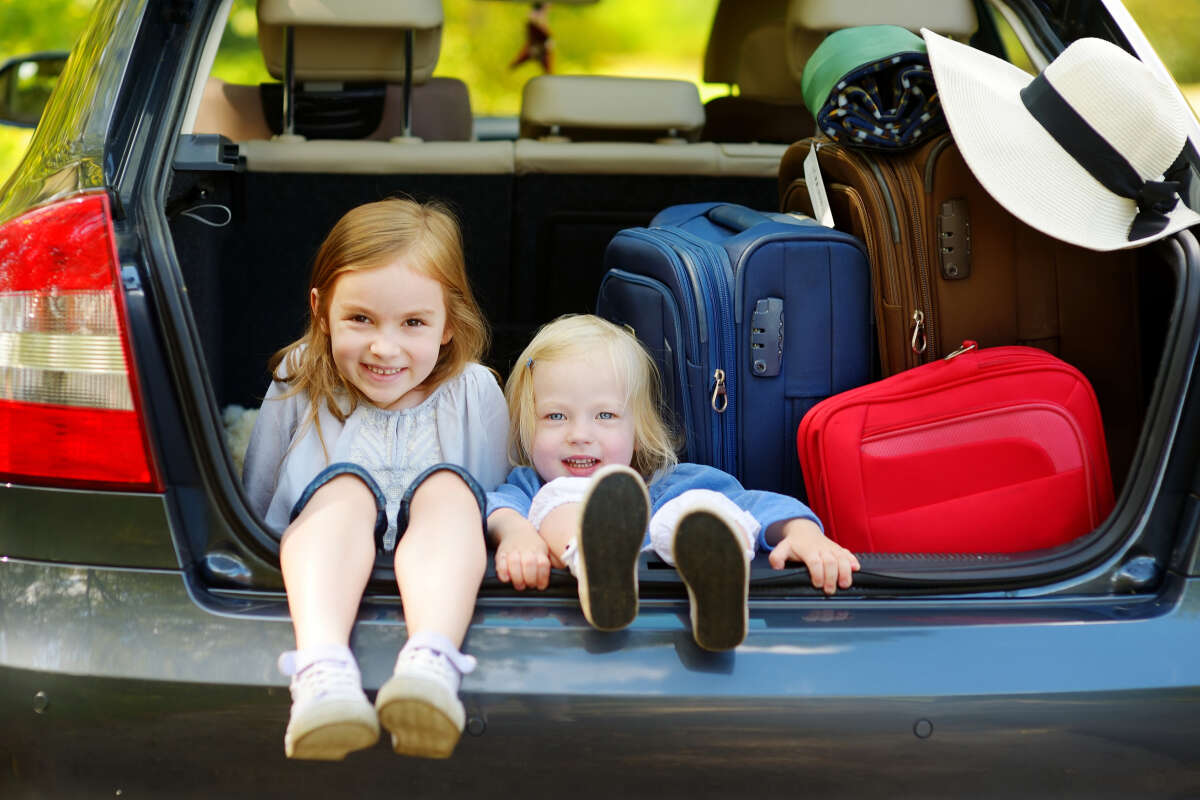
When you have the freedom of taking your own car on holiday, there is a temptation to take literally everything you might need, when in reality you can plan ahead and pack only what you really need. Remember, you may need to access the spare wheel and unpacking your car at the side of the road, which can be very inconvenient, especially if the weather is against you. A flashlight is always essential, whether during a breakdown or hunting late at night for that one missing item still hiding in the car. Weight is also a consideration and packing light can make your journey much more comfortable.
4. Your baby’s space.
Baby’s essentials are paramount. Pre-prepared food in a separate cool bag is always best. Fresh nappies, wipes, and waste sacks are equally important, though feeding and changing are best done during stops for reasons of safety. Keeping your baby amused with favourite toys or watching Disney movies on your preferred media device can make the journey go quicker. Blankets and towels, as well as a change of clothing for both baby and parents, are a good idea too. You never know what mishaps might occur. A good supply of fresh air at an even comfortable temperature can make all the difference.
5. Food and Entertainment for all.
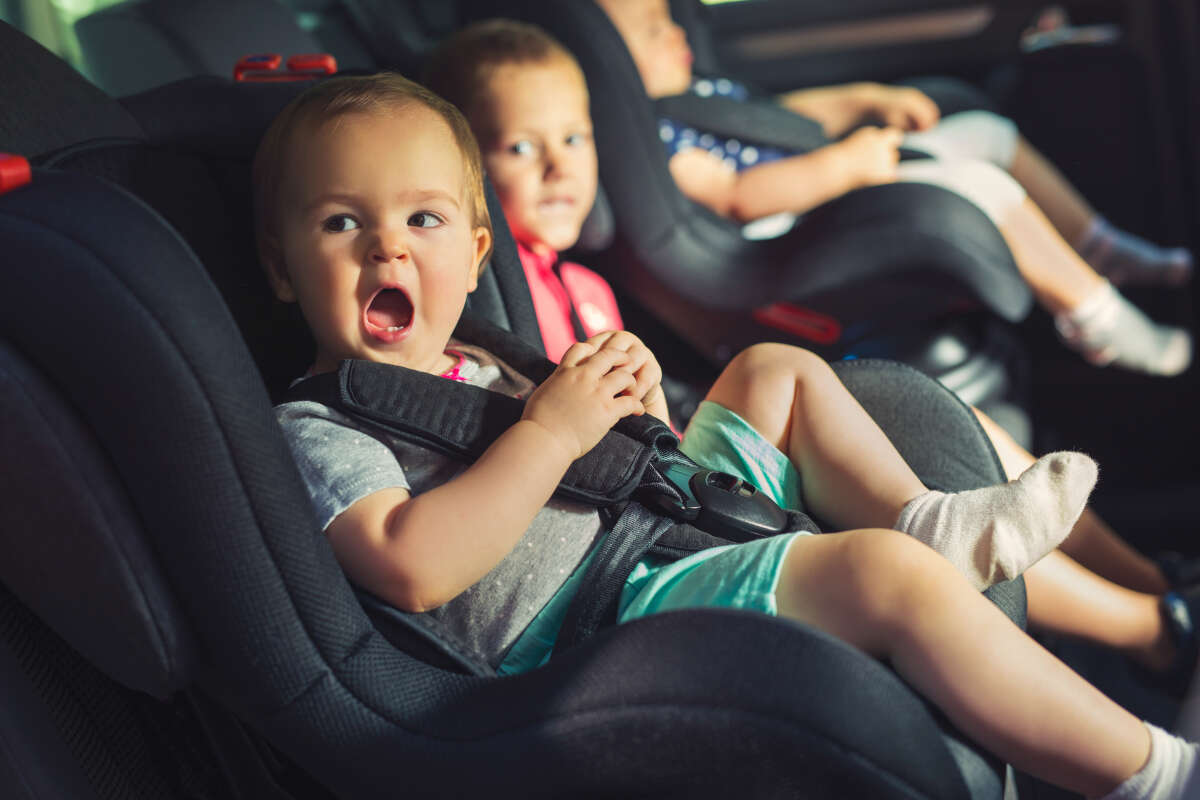
Take water and food for both adults and children in separate cooler bags. Too much water and you will be stopping more often, so a balance should be found. A good way to keep the rabble low in the back while the front seat driver keeps to his or her task is to have a popular movie playing. To most kids, sitting in your own personal racing seat watching the latest Pixar Studios movie Cars is as cool as it gets. Babies can be equally amused by the rushing landscape and vehicles passing by the car window. Mum or Dad in the front can listen to your favourite playlist or Spotify. Children either love or hate car journeys, so it is best to know which level of stimulation your little ones need.
6. Journey planning.
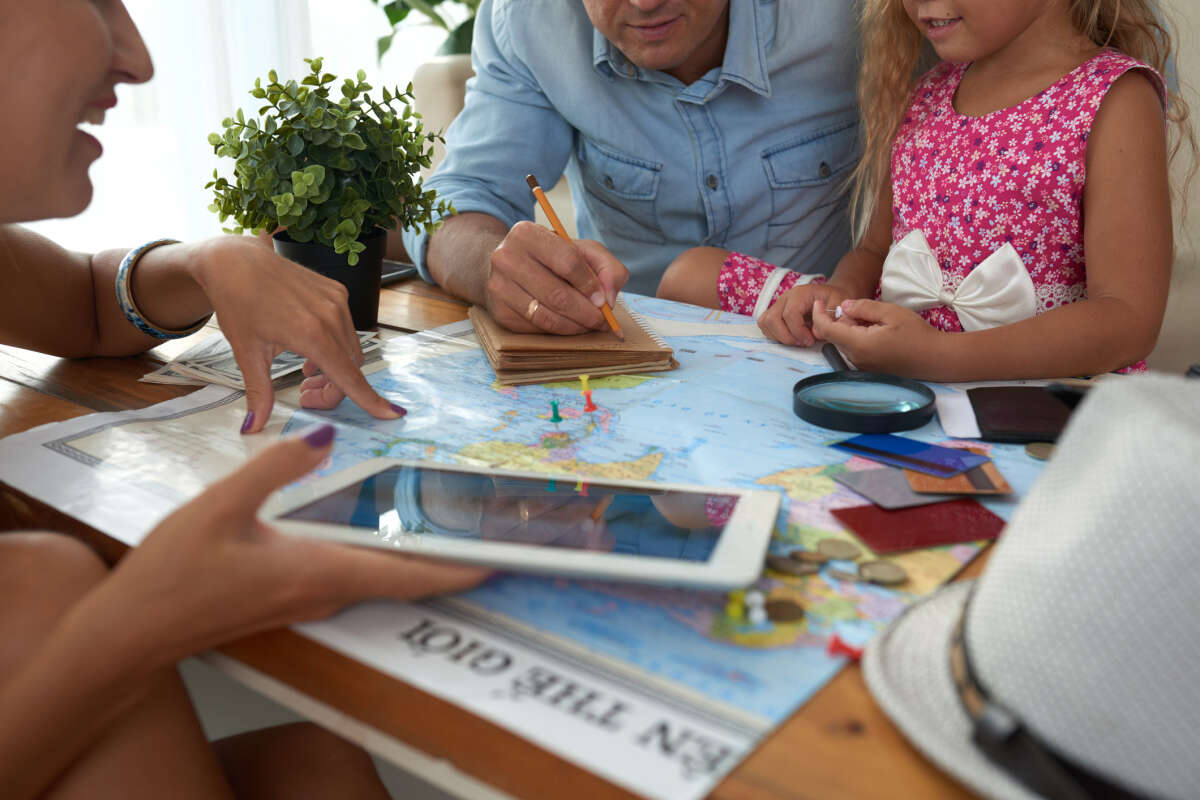
Plan your journey in advance. Set up your sat nav with all your stops and fuel breaks around your baby’s regular feed time. It is not a good idea to feed an infant in a moving vehicle. If you are using a map, then write down your instructions and learning them off by heart if you can. It is always wise to take out a road recovery policy if you frequently travel or if you’re planning long distances. A policy is affordable and offers peace of mind should a problem arise. Taking a short test road trip around your neighbourhood with your baby to iron out any issues before you start off on a long journey is a good idea. Most babies like the motion of a moving vehicle, but sometimes it takes a little practice. So, a test run may be in order just to check your baby’s reaction to any potential long journey.
7. Setting off.
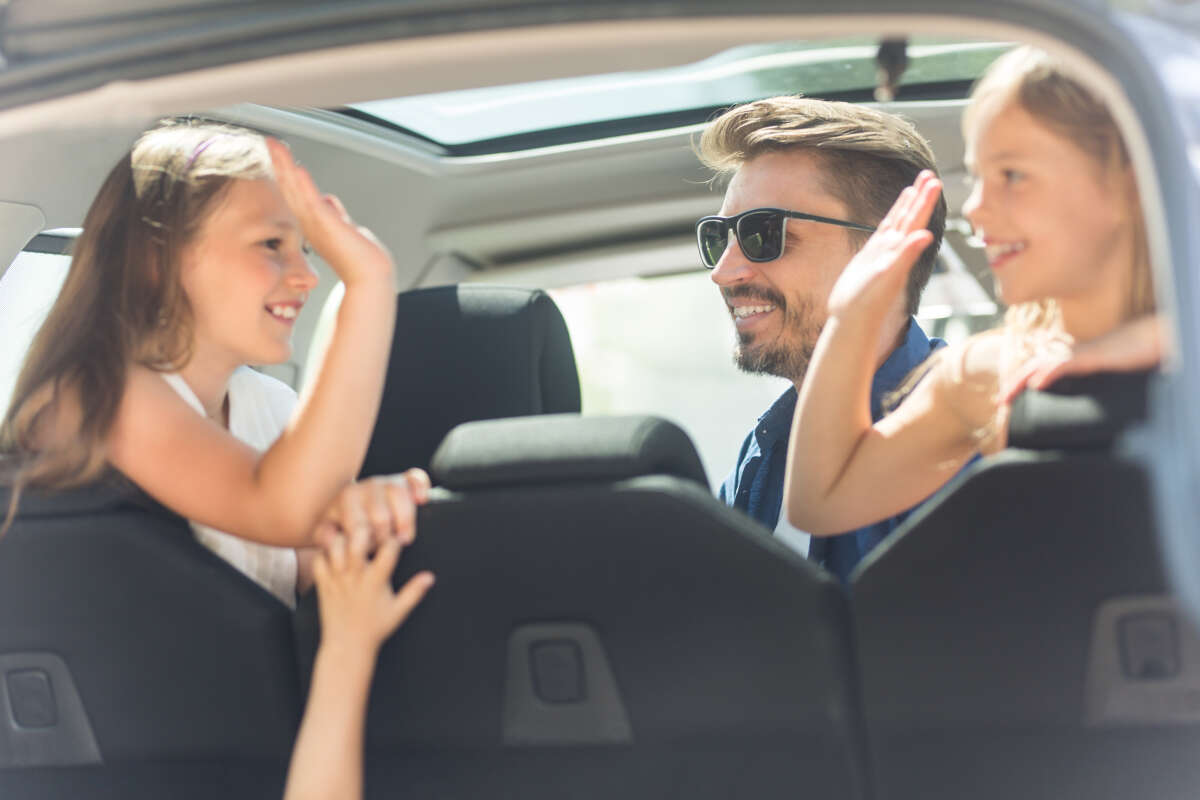
Give yourself more time than you actually need, consider when your baby is normal sleeping or napping and try and work this in with your journey timing. Most couples share the driving and the entertainment duties. No matter what route finder method you use, always allow some time for traffic, road repairs, breakdowns and accidents, which can all add time to your journey. So, be realistic and don’t rush. Six to eight hours is about as much road time as you can expect to achieve, add in around two hours of stopping time and you have clocked up enough time for one day. With your family on board always stick to the speed limit and admit defeat if the journey is against you; an extra night’s hotel stay is far less costly than the alternative. Drive safe and enjoy the moment.
The difference between planning well and not planning at all can be miles apart. Coupled with this, a seemingly simple glitch can escalate into a major problem if you have no plan in place. Planning and looking forward to a holiday can be just as rewarding as the event itself. It is better to get it right and be as safe as you possibly can.

 Русский
Русский
 Deutsch
Deutsch
 Українська
Українська
 Español
Español
 Italiano
Italiano
 Français
Français
 Polski
Polski
 Čeština
Čeština
 Қазақ
Қазақ
